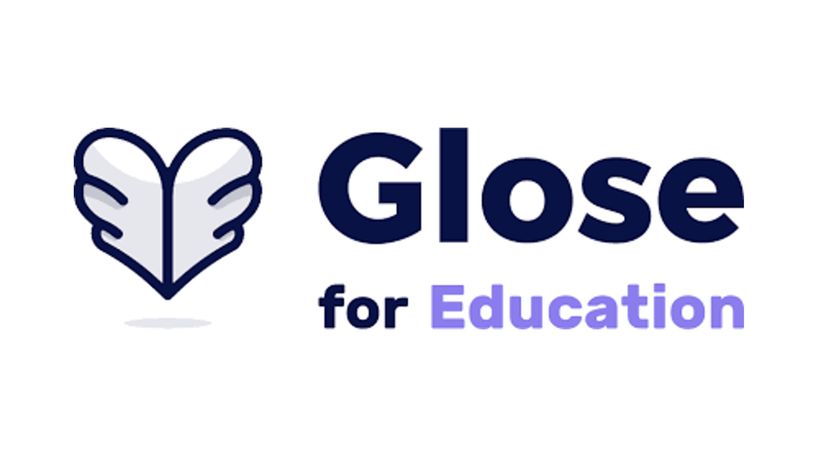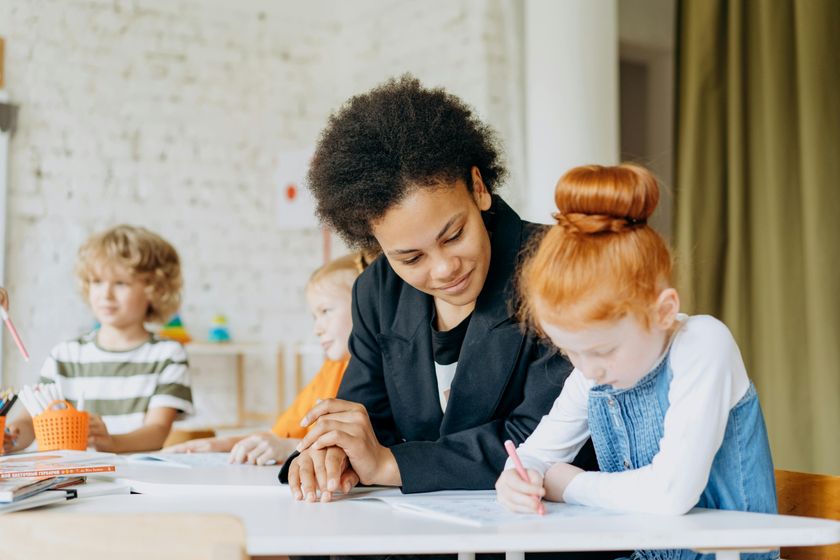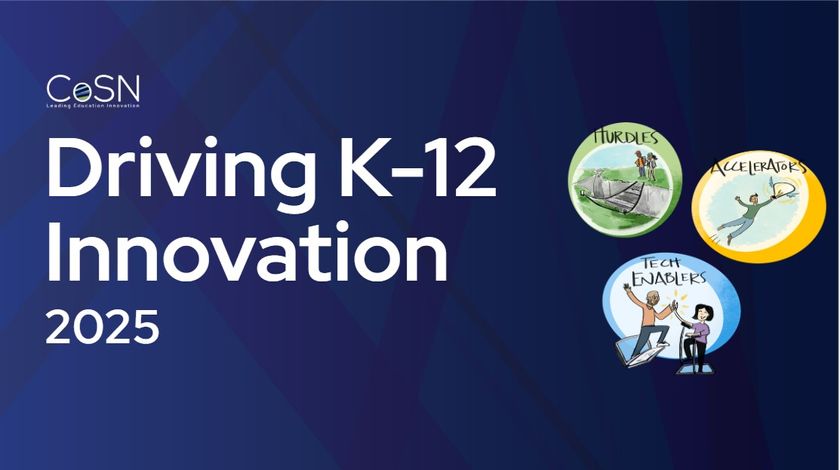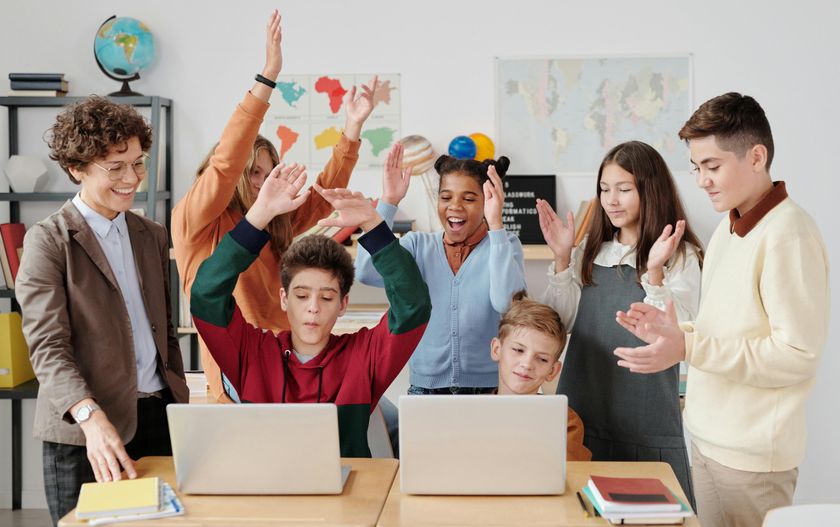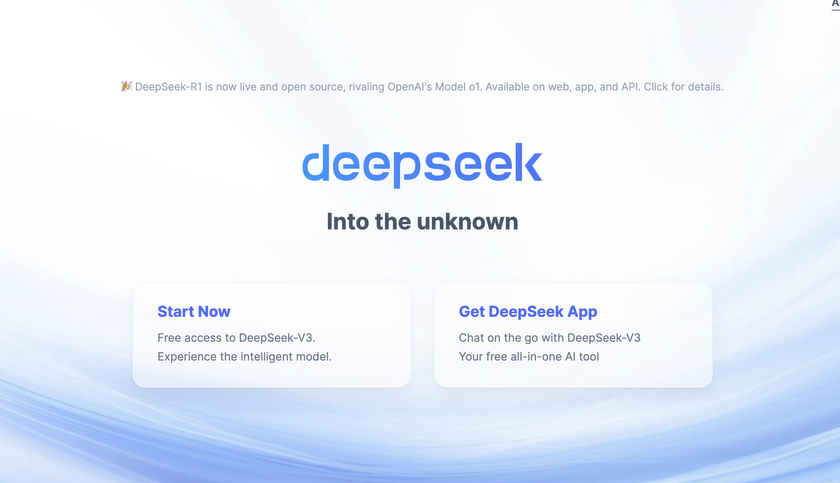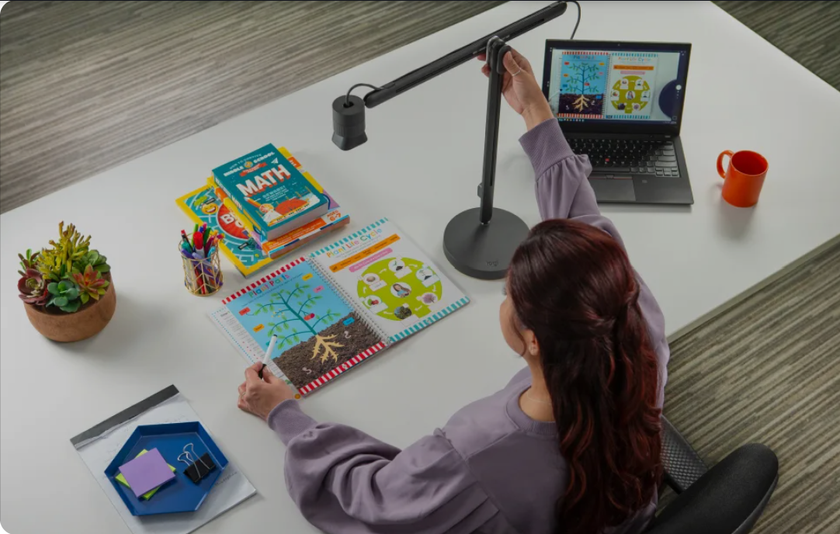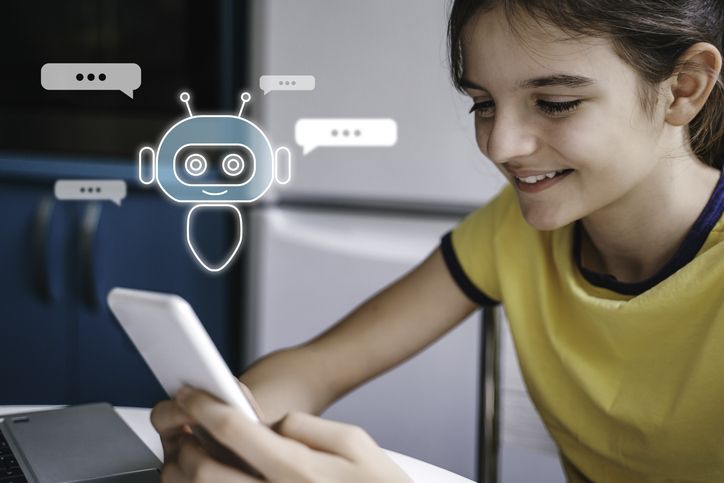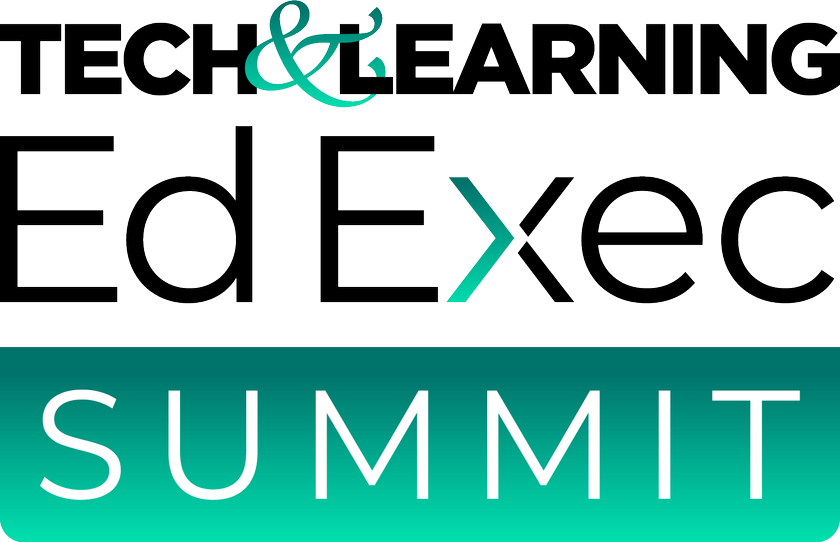Web 2.0 and the New Visual Literacy
from Technology & Learning
Step into any school library or computer lab and you can see the impact that visual information has on today's learning. Students may be asked to assess the power of viral video on political elections by watching YouTube entries. Others may be searching for imagery for a digital storytelling project in the Creative Commons Attribution pool in Flickr, while still others may be editing scanned imagery for the same storytelling project using an online photo editor, such as Picnik. A geography teacher may be leading students in a lesson about the 1906 Earthquake using a Google Earth lesson from the United States Geological Survey. Other students may be sneaking in a quick session of LineRider when the teacher or librarian isn't looking. None of this would have been possible just three years ago.
Visual information is everywhere online, and the importance of being visually literate cannot be overstated. Visual literacy has been identified as an essential literacy by the Partnership for 21st Century Skills; and with the development of the tools and contributory capacity of Web 2.0, it is critical that schools focus on helping students acquire the skills necessary to navigate, evaluate, and to communicate with visual information.
Downloaded videos like this one from the 1906 San Francisco earthquake help students everyday
Certainly, the proliferation of digital and cell phone cameras have dramatically shaped how people see and record their world, both in photographic format and now in video as well. Perhaps the best-known resource for visual imagery is Flickr, with its pool of 394,121,932 photographs, growing by one million photographs per day. But even more important than access to world-class photography are the social networking features of Flickr that promote the concept of community, so important to the vitality of Web 2.0. With its own internal e-mail, groups, commenting and tagging features, favorites, and personal contact capability, Flickr has successfully created an enormous network where not only photographs can be exchanged, but conversation and ideas as well. Flickr further extends its usefulness for schools by permitting users to assign a Creative Commons license to their photography which specifies how a resource can be used by others. Successful visual literacy instruction should take advantage of Creative Commons licensing and use the concept to promote an understanding of intellectual property and copyright, so important to today's vision of what it means to be visually literate.
Beyond photography, video has become a major player in the Web 2.0 world. Sites such as YouTube and Google Video are the forerunners, with new hosting sites emerging frequently, such as Revver.com, Spymac.com, and uthTv.com. Such sites enable users to upload and distribute video to users worldwide, and like Flickr, offer the requisite supportive social networking tools which are critical for a Web 2.0 resource.
Complimentary to these hosting sites are online tools, such as JumpCut, Eyespot, and Toufee, that enable users to create video online by mixing imagery, music, and video directly in the browser—so there is nothing to download or to purchase.
Tech & Learning Newsletter
Tools and ideas to transform education. Sign up below.
Students will create content, including visual content with or without schools (consider MySpace). Successful schools will take advantage of this interest and the technological mastery of today's student, and will seek methodologies and opportunities for incorporating visual literacy instruction into the everyday curriculum.
Visual Literacy Resources
USGS: A Virtual Tour of the 1906 Earthquake
The Partnership for 21st Century Skills
Continue to Web 2.0 Pocket Dictionary


